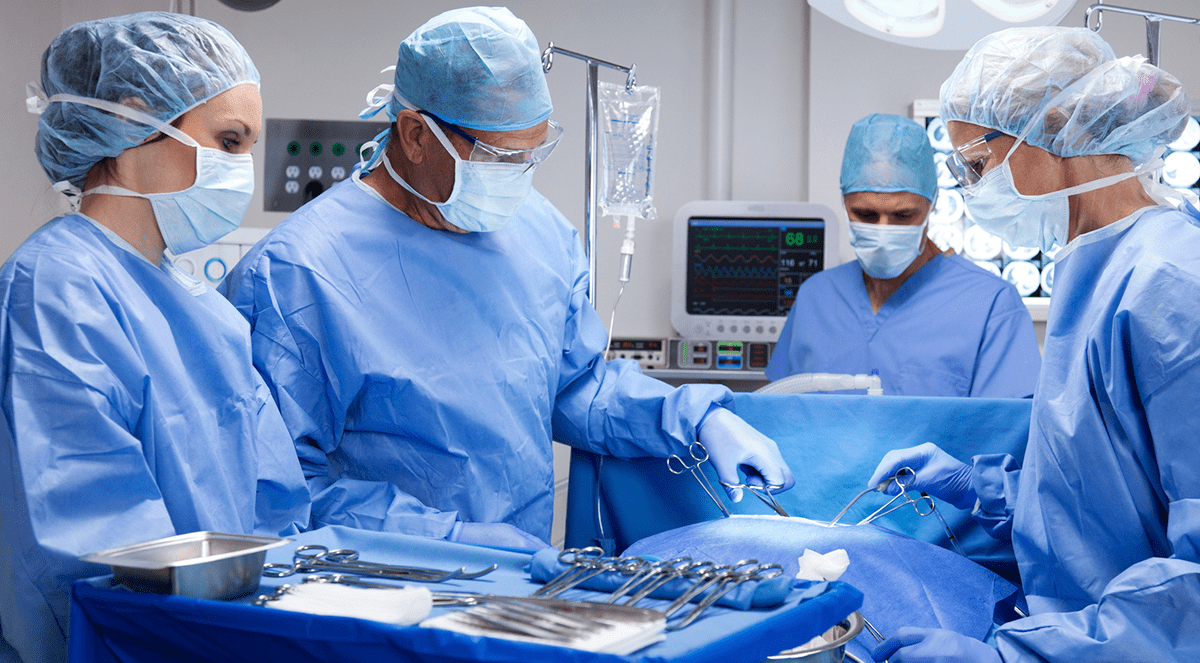Research has shown that maintaining a sterile field in the operating room (OR) is crucial to achieving successful outcomes in joint arthroplasty. Most ORs are fitted with systems that keep them at an atmospheric pressure slightly higher than the surrounding hallways. The design allows air to flow out of the OR when doors open, which prevents air that is potentially contaminated with infectious germs from flowing into the OR. However, positive pressure systems can become overwhelmed when doors open too often or stay open too long. A high level of OR foot traffic may also adversely affect OR sterility.
For a study published in Orthopedics, Stephen M. Belkoff, PhD, MPH, and colleagues tracked the number and length of OR door openings during nearly 200 knee and hip arthroplasty surgeries over 3 months. The researchers used sensors inside and outside ORs to measure when a door opened, how long it stayed open, the pressure in the OR, and the pressure in the surrounding corridors. The total time in which patients were actively operated on—excluding setup and cleanup time—was also tracked. The investigators then checked to see whether or not patients developed postoperative infections.
A Common Occurrence
According to the study results, OR doors were open for 9.5 minutes per case, on average, and one time for every 2.5 minutes of surgery. There were enough OR door openings in nearly one-third of joint arthroplasty procedures to potentially defeat the safety effects of positive pressure systems. The longer the duration of door opening, the greater the decrease in room pressure. “Our findings add to evidence suggesting that OR door openings and foot traffic could be a potential safety concern,” says Dr. Belkoff. “Efforts are needed to determine why these doors get opened and how we can prevent or minimize the frequency and duration of behaviors that could compromise OR sterility.”
Questions Remain
Dr. Belkoff notes that a larger sample size is needed to see if there are significant differences in rates of infection associated with decreases in pressure because infection rates are generally low during hip and knee arthroplasty. More data are also required to determine if variations in OR foot traffic could affect postoperative infection rates.
Although hospitals throughout the country now go to great lengths to take precautions to prevent postoperative infections, Dr. Belkoff says it is important to remain vigilant about practices that pose potential risks, including excessive OR door opening. “It’s possible that door openings during surgery could represent an easily modifiable risk factor,” he says. “Clearly, some OR door openings during surgery are necessary, but it’s likely that many others can be avoided. The next step is to determine the causes of unnecessary and avoidable OR door openings. Once we establish the causes, we can then develop strategies to address these issues and reduce OR foot traffic.”
Stephen M. Belkoff, PhD, MPH, has indicated to Physician’s Weekly that he has in the past received grants/research aid from Depuy.



 PhysWeekly
PhysWeekly